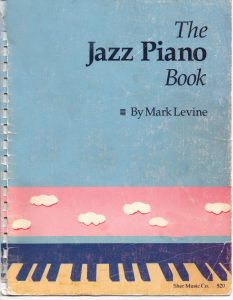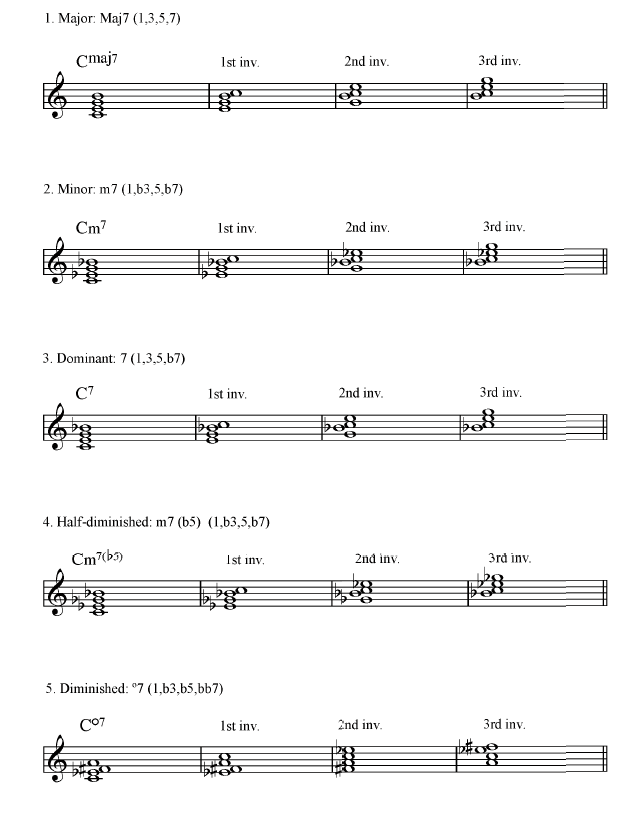Come join us now, and enjoy playing your beloved music and browse through great scores of every level and styles!
Can’t find the songbook you’re looking for? Please, email us at: sheetmusiclibrarypdf@gmail.com We’d like to help you!
How to learn Jazz Piano: Play Jazz Standards.
Today’s Lesson (1): “Softly, as in a Morning Sunrise”
A piano player can be sounding like a full orchestra: that’s great!
However, that also means that it is quite difficult to achieve it! The piano player can play bass, melody and accompanying chords, so making a nice harmony and a fair balance between all of that.
So, how to do that? And how to deal with a new tune?
Step 1: Learn the Tune (the Melody)
Background: The tune we’ll look at now is “Softly, as in a Morning Sunrise”, a song with music by Sigmund Romberg and Oscar Hammerstein II from the 1928 operetta The New Moon. One of the best-known numbers from the show, it is a song of bitterness and yearning for a lost love, sung in the show by Philippe (tenor), the best friend of the hero, Robert Mission (baritone). Then, it became a famous Jazz Standard, performed by many artists, as Chet Baker, John Coltrane, George Benson, Sonny Clark, Miles Davis, Stan Getz, Wynton Kelly, Frank Sinatra, etc. etc.
This tune is fairly easy to learn, and has a lot of room for exploration and level of improvement. Everyone should know it. It can be found in nearly all Real Books, and a copy is included in this article, as well.
The first step in learning a tune is memorizing it (the melody) as quickly as possible. How to do that? Repeat and repeat is key! If you have some music knowledge, take attention to the chord progressions, the tune parts and its phrases.
First, play the melody and the bass notes. Repeat the process over and over again until you get it. Resist the temptation to do anything else than learning the melody and bass notes. Any improvisation, filling in, licks, reharmonizations, or anything else will simply prolong the memorization experience. Once the tune is learned, there will be plenty of time to experiment with it. The second reason is that at a Jam Session, everyone would play the chords written in a fake sheet music. Nobody would know your reharmonizations, so it is important to always remember the original way a tune goes.
Free Sheet Music Download here: (or the full book from our Library – Aebersold Vol. 40)
IMPORTANT: Work out trouble spots!
Musicians have a tendency to skip over trouble spots, because we don not like them. Obviously, this negative for the learning procedure. It’s important to start at the point of trouble and work it until it is solved. If there is a problem in a specific point, start right at the notes that are giving you problems. Play slowly and evenly and with a metronome, if you can. As you learn that passage, spread out in both directions by a beat or two, and play it again. Rinse. Repeat as necessary. That way, you will be able to learn it mistake-free. If you play classical music, you should practice trouble spots in the same way.
Start learning and playing the tune SLOWLY, and the try to achieve the real tempo step by step, never losing control. This practice is also valid for any instrument practice and any musical genre, as well.
Step 2: Left Hand
The left hand is our bass player, and sometimes the drummer, and almost always the weakest link in our solo playing. Why is this? It’s because Jazz piano players often concentrate on playing improvised melodies, as if they were horn players. This means single note lines. The actual thing about this, is that we have at our disposal 88 notes and 10 musicians (fingers) at any time, so why not use them all?
So, now play the tune (melody) with your right hand and chord voicings (or the full chords, as well) with your left hand.
Chord Voicings
Chords are defined by 3 elements: Root; Guide Notes; and Color Tones.
Guide Notes are the essential part of information of any chord for identifying its chord family, while Color Tones may be omitted or reinforced as desired, depending on the context.
• Root: the key center.
• Guide Notes: the third and seventh of any chord, define the chord
family (i.e., Major, Minor, Dominant).
• Color Tones (tensions): the ninth, eleventh and thirteenth of any chord, they add flavor to the chord, without changing its essence (chord family).

According to Mark Levine (*), one of the simplest ways to start playing chords is by playing just their guide notes. Jazz pianists like Wynton Kelly, Kenny Drew, and Bud Powell, from the 1950s, established this technique, which remains an effective way of playing chords used by many performers.
(*) Mark Levine: The Jazz Piano Book, available from our Library.

Step 3: Bass and voicings (guide notes or chords).
Practice (still…) the tune, playing the bass (left hand) and voicings with the right hand, mastering the guide notes.
Chords: Root and Guide Notes only.

Other voicings:
- Triads:triads are chords that contain three sounds: root, third and fifth.
- Four-note chords add the seventh to the basic triad sound, as the below figure, also with inversions:

Practice tips: play arpeggios and scales in all keys. Play arpeggios of triads and four-note chords. If the song has lyrics (like this one), read and sing it, and try to interiorize what the composers wanted to communicate.
Step 4: Putting it all together.
Well, now you have mastered the left hand, have the right hand under control, so it’s time to sound like a professional and play it sweet and tasty.
Once again, start simple and slowly. Play the melody and the bass line. Then, play the bass notes with 7th’s or 3rd’s, and play the melody. Try also to combine both hands, for example, you can play the bass and 7th (or the 3rd) with the LH and the 3rd (or the 7th) with your RH, all together, searching for a comfortable both hands position on the keyboard.
Remember: the RH is the singer of your hand band. You have five digits to do whatever you want, as long as you keep something in mind:
THE MELODY MUS COME OUT.
Try all the things you read above and see what you can do. Try stuff and practice, that’s the key to success! Enjoy!
Final IMPORTANT tip:
If you can, subscribe to our Sheet Music Library and improvise this tune (and many, many more!) over a background real band. Make your private Jam sessions with actual musicians with our Play Along series.
Some classic discography:

Oscar Peterson Trio – Softly, As In A Morning Sunrise (S. Romberg & O. Hammerstein II) sheet music transcription
Jazz Play Along: Background audio to play along (play 9 choruses), from Aebersold Vol. 40.
Browse in the Library:
Or browse in the categories menus & download the Library Catalog PDF:
